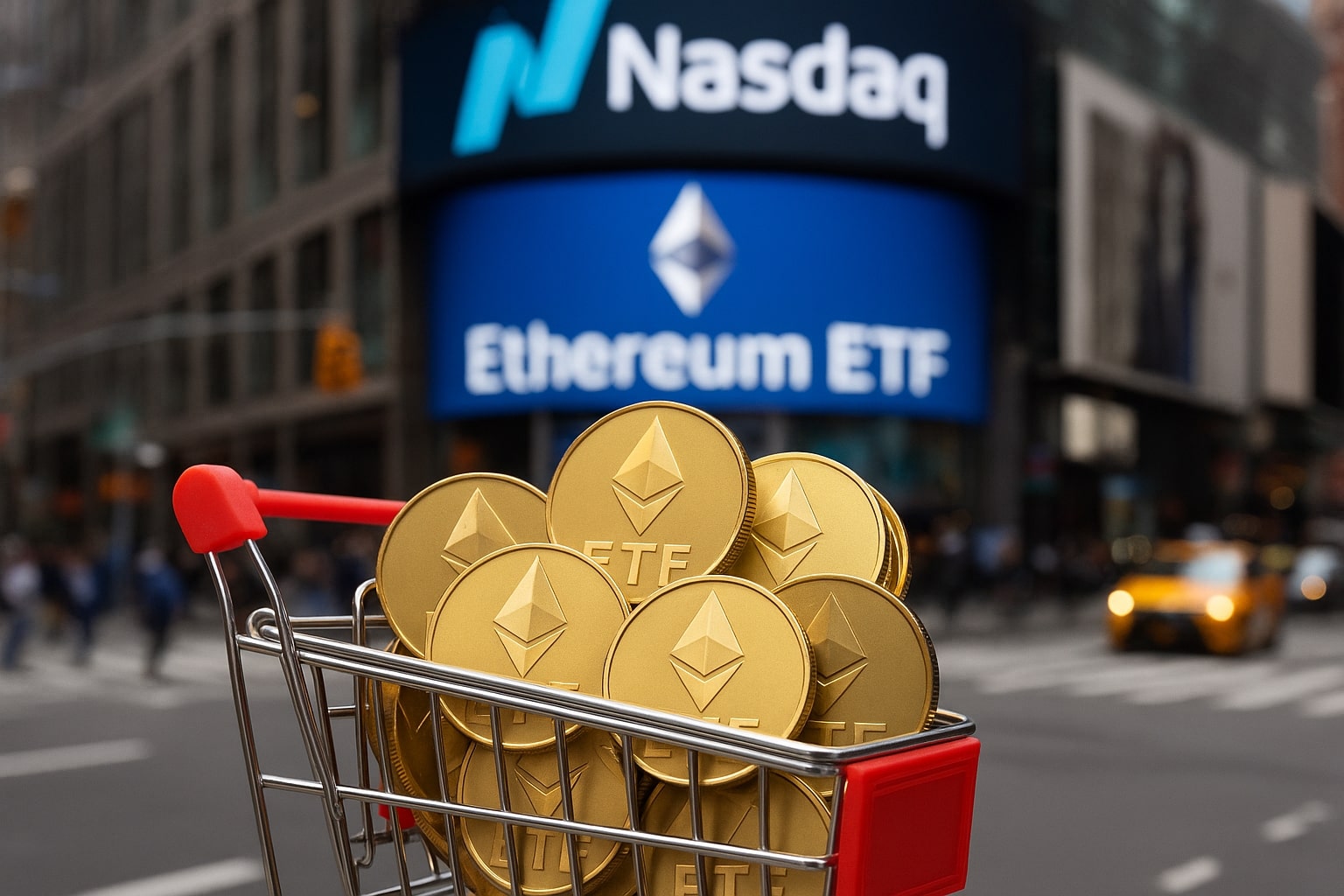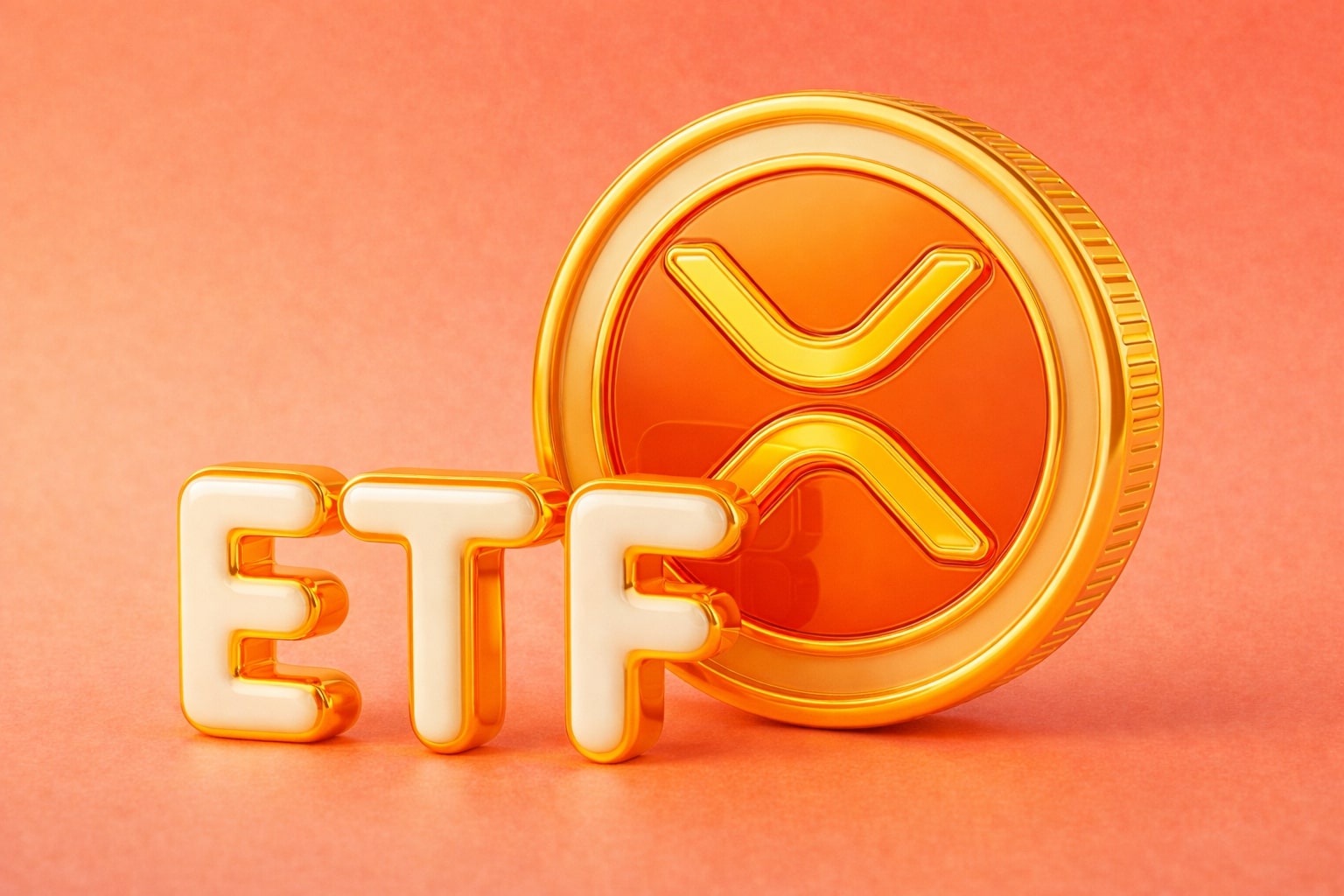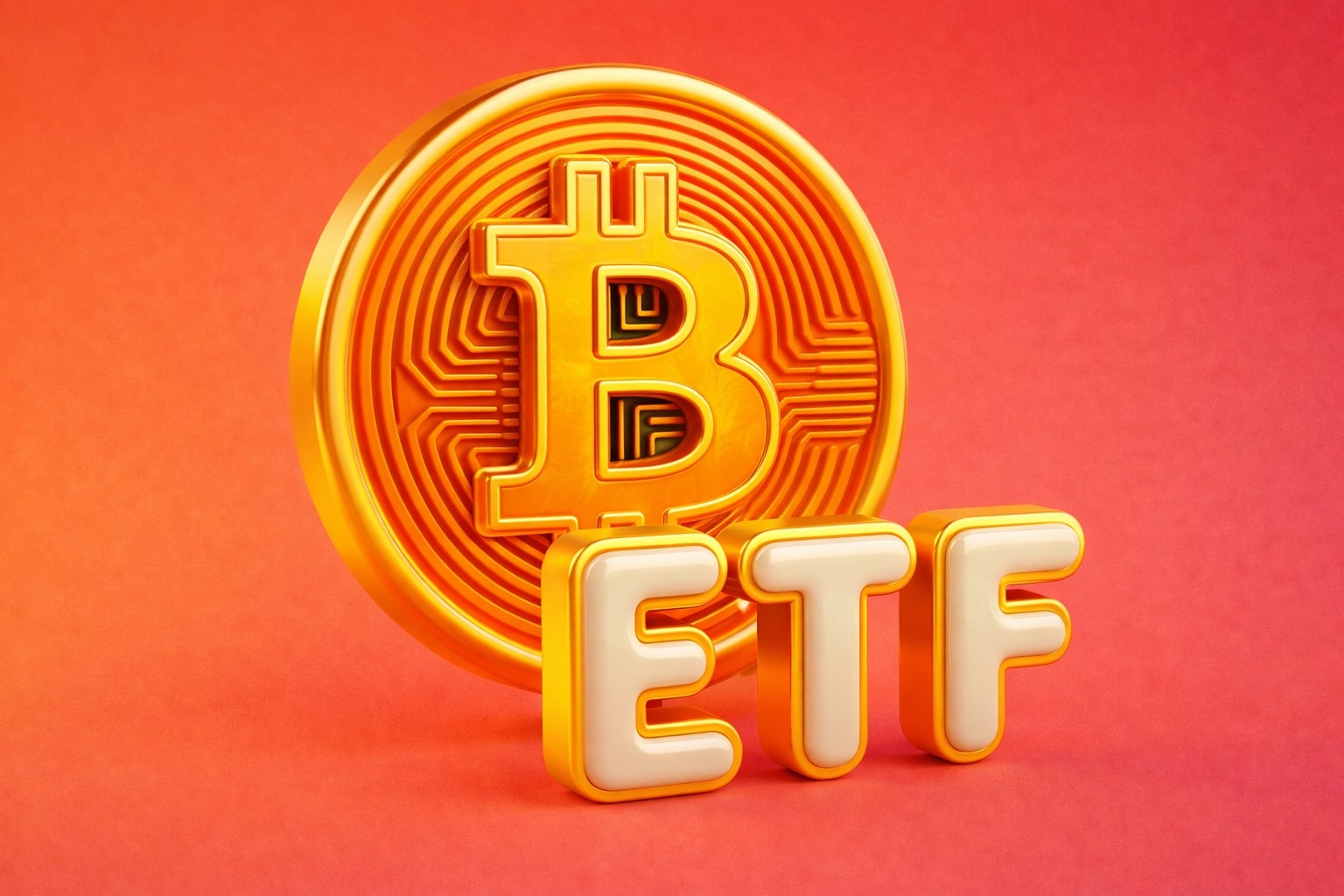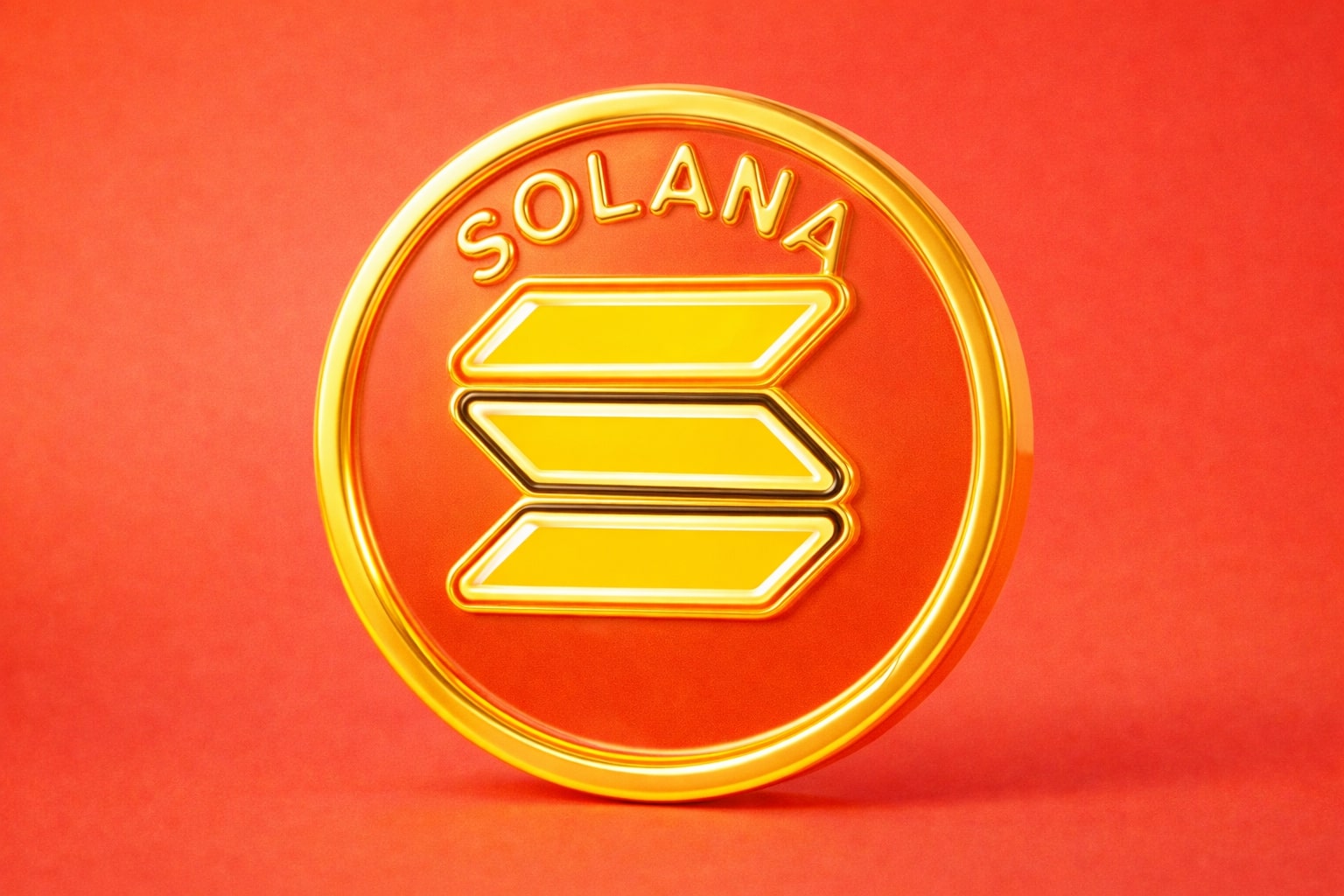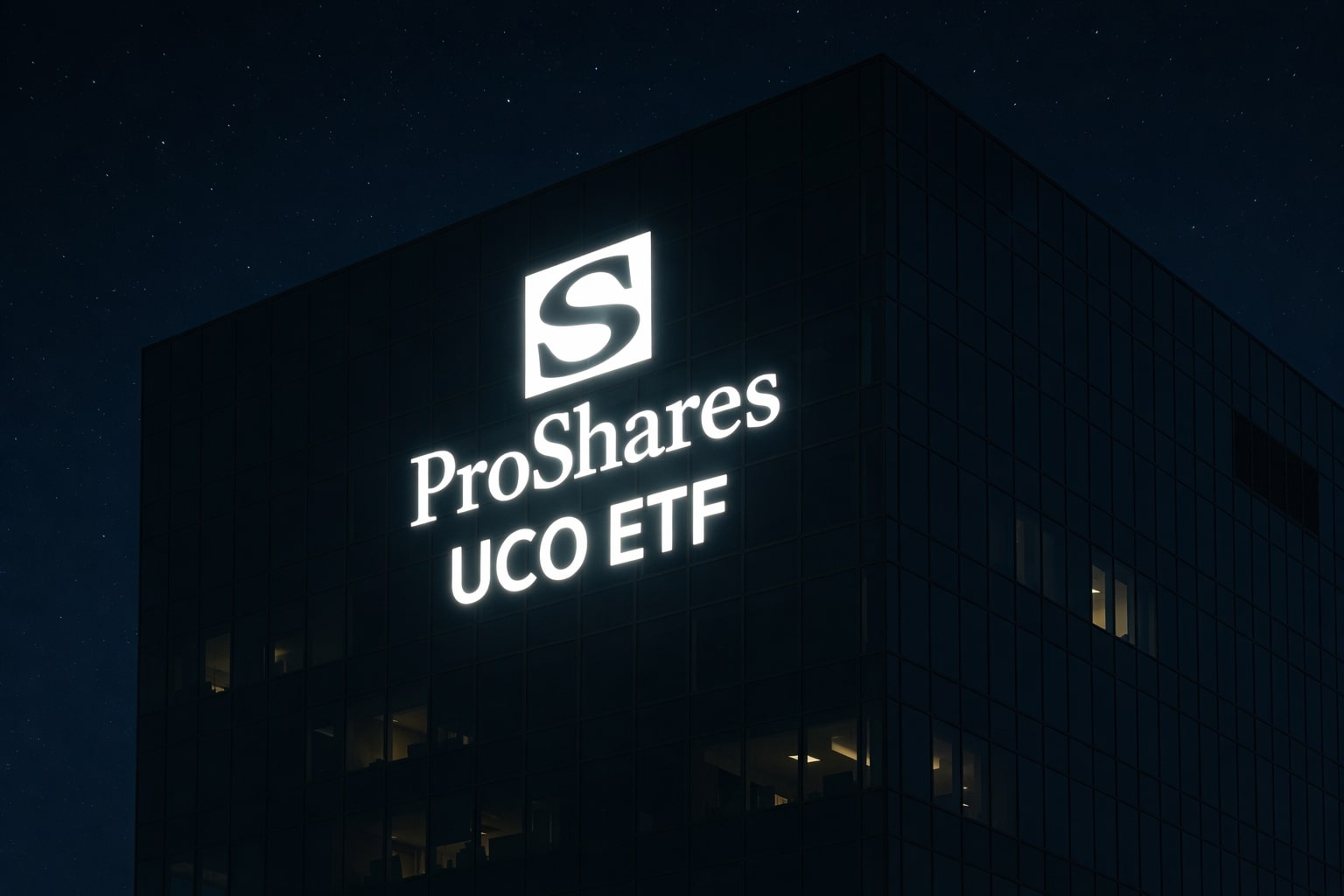Ethereum (ETH-USD) regains momentum as technicals align with ETF flows and staking supply shock
Ethereum price extends toward $2,800 amid multi-layer demand revival
Ethereum (ETH-USD) is once again commanding attention across crypto markets, climbing back toward the $2,800 resistance as fresh capital inflows, ETF-led exposure, and a tightening supply narrative converge. As of July 9, ETH trades around $2,620, marking a second straight day of gains and its highest price since early June. While Bitcoin has also rallied, ETH’s relative strength stands out amid signs of an imminent golden cross, a sharp rebound in short-term holders’ activity, and persistent institutional interest. Trading volumes have remained steady, and network health metrics show a pickup in DeFi usage and Layer 2 scalability wins, especially from Optimism and Arbitrum.
ETH-USD approaches golden cross with major breakout potential
Technically, Ethereum has formed a bullish convergence on its daily chart. The 50-day EMA is within striking distance of crossing above the 200-day EMA—a setup known as a golden cross, widely interpreted as a major upward continuation signal. The last such event occurred in November 2024, which preceded a surge of more than 40% over six weeks. Current price structure has shown firm support at $2,520, and bulls are eyeing a break above $2,700–$2,800. A decisive close above $2,855, which coincides with the neckline of a bullish inverse head and shoulders pattern, would reinforce short-term sentiment and open up the path toward $3,000 and beyond. Near-term resistance sits at $2,680 and $2,780, while support remains layered around $2,550 and $2,420. If bears regain control, $2,350 becomes the final cushion before broader structural weakness sets in.
Deflationary pressure from staking and token burns restricts supply
Ethereum continues to benefit from a supply crunch driven by its deflationary monetary policy. Since the Merge and EIP-1559, every transaction triggers a partial token burn, while staking has removed 35 million ETH from circulation—representing nearly 30% of total supply. This dual force of deflation and yield accrual has positioned ETH as a long-duration yield-bearing asset that appeals to institutional allocators. Compared to Bitcoin, Ethereum now trades at an ETH/BTC ratio of 0.018–0.020, suggesting undervaluation versus historical norms around 0.025. Gas fees remain exceptionally low, under $0.15 on average, as Layer 2 scaling absorbs transaction load. That efficiency, paired with the burn rate, continues to make ETH structurally scarce despite sluggish spot demand.
ETF flows support Ethereum’s institutional thesis
The advent of spot Ethereum ETFs in Q2—particularly BlackRock’s iShares Ethereum Trust—has accelerated the institutionalization of ETH exposure. Roughly 50% of all inflows into crypto ETFs last quarter were Ethereum-based, driven by regulated wealth channels such as pensions and sovereign vehicles. This represents a strategic pivot from Bitcoin-only allocations toward a broader crypto thesis. Liquidity has deepened, and the bid structure on large blocks has firmed up, reducing execution risk for large players. This trend has not yet been fully priced in, as ETF accumulation tends to precede breakout rallies by several months, a pattern seen in Bitcoin’s ETF-driven rally earlier this year.
Macro and regulatory tailwinds provide additional upside catalyst
Ethereum has historically shown sensitivity to broader macro trends, and July 2025 is no exception. The recent cooldown in US inflation data has revived risk appetite, lowering yields and supporting high-duration assets like crypto. The narrative of ETH as a digital bond with deflationary mechanics gains traction when real rates fall, as they are now. Moreover, the Biden administration’s pivot toward a less antagonistic crypto stance—highlighted by bipartisan negotiations around the CLARITY Act—has eased regulatory fears. If passed, the legislation could cement ETH’s status as a commodity, rather than a security, shielding ETF issuers and staking providers from SEC enforcement risk.
DeFi, NFT and enterprise adoption reinforce Ethereum’s value layer status
Beyond price charts, Ethereum’s ecosystem has shown signs of reacceleration. DeFi total value locked (TVL) has stabilized above $70 billion, with notable flows into lending platforms and perpetual futures markets. NFT volumes have ticked higher as major brands like Nike and Starbucks roll out loyalty token programs. Enterprise adoption remains steady, with the European Investment Bank and Visa conducting pilot issuance on Ethereum mainnet. DApps related to identity and credentialing—especially in higher education and employment verification—are also gaining adoption. These use cases underscore ETH’s role as the base layer for tokenized applications, bolstering demand in quiet markets.
Short-term price forecasts diverge sharply between bulls and skeptics
The analyst community remains divided on Ethereum’s next move. Galaxy Digital and Bernstein place year-end targets at $5,500–$6,200, citing structural inflows and deflationary mechanics. JPMorgan remains conservative at $3,800, expecting only gradual uptake of Ethereum's scaling improvements. Cathie Wood’s ARK Invest forecasts an $11,800 scenario if Ethereum becomes the backbone for AI-linked DApps—though the assumptions are highly optimistic. Meanwhile, a recent technical thesis from Weslad suggests ETH is completing a multi-year pennant formation, with a breakout above $2,855 opening room for a vertical move toward $6,000. However, failure to clear that level could send ETH tumbling toward the $1,800 zone—a high-confluence demand base that coincides with wave E in the analyst’s ABCDE framework.
Market structure data shows cautious optimism with volatility near record lows
Derivatives market positioning confirms cautious bullishness. Open interest in ETH options for September expiry is skewed toward strikes above $3,250. Funding rates remain mildly positive at +0.004%, reflecting directional conviction without excessive leverage. Realized capitalization for 1–7 day holders is rising, indicating short-term investors are returning. Still, trading volume has dropped 59% from June highs, and open interest has dipped by 1.05%, reflecting more cautious positioning from whales. Social dominance, however, has jumped to 8.96%, its highest since May, confirming that retail awareness is rising just as price approaches key breakout zones.
ETH-USD outlook: Buy the breakout, but watch $2,855 like a hawk
Ethereum is now at a crossroads, with the next $200 move likely to determine its medium-term trajectory. If bulls clear the neckline resistance at $2,855, a wave of technical momentum and ETF demand could propel ETH toward the $3,000–$3,200 range rapidly, setting the foundation for a larger rally into Q4. The confluence of macro easing, ETF flows, and a shrinking float all point to significant upside if key technicals are breached. On the other hand, repeated rejection could reintroduce the $2,300–$2,400 levels as the dominant range.
Verdict: Ethereum (ETH-USD) is a Buy on breakout above $2,855, Hold if range-bound, and Sell only if it breaks $2,300 with high volume














